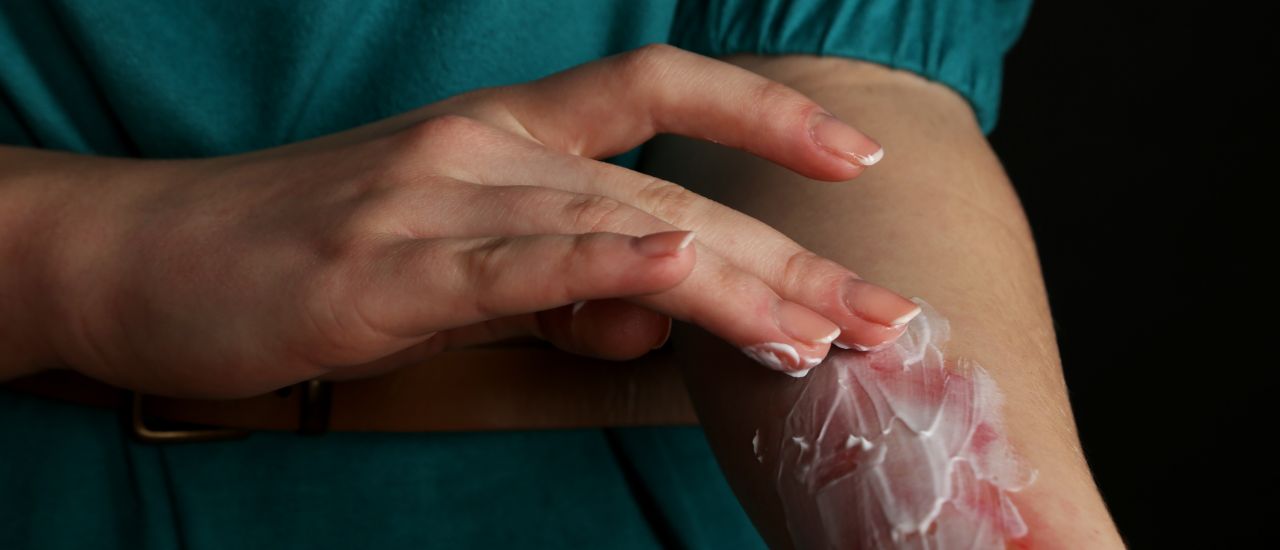Whether it’s a skinned knee or a sprained
ankle, having the correct medical materials in your first aid kit is essential.
Packaging your first aid kit doesn’t have to be expensive or take up a lot of
room at home or in your car.

Take a look at Supply Doctor, an online
medical supplies website, for a wide range of first aid equipment as well as
bags and boxes.
Here are 7 important must-haves for your
first aid kit:
First
aid manual – You may not want to waste space in
your kit, but having a manual is important as it can offer essential tips and
guide you on how to treat certain wounds, etc. Learning how to treat injuries
while waiting for professional help can really make a difference.
An
assortment of bandages – Whether you need gauze for
a large wound or a simple adhesive strip for a small scratch, having assorted
bandages in your first aid kit is essential. Bandages come in a range of shapes
and sizes, so be sure to pack a variety.
Antiseptic
and ointments – Should someone injury themselves,
it is vital that everything is sterile to avoid infections. Be sure to include antiseptic,
hand sanitizer and sanitary cloths in your first aid kit. Toss in a pair of
non-latex gloves to safely apply any antiseptic or ointments.
Instant
Compress – Aches and pains also need to be treated,
so make sure your first aid kit includes a heat pack as well as an ice pack. An
instant compress is recommended to reduce any swelling.
Scissors
– A good pair of scissors is a necessity in your
first aid kit. In addition to cutting gauze you may need to cut other material
like clothing during an emergency. A regular pair of scissors is fine along as
they are sharp enough!
Medication
– Pain is a big deal, especially to little
children, so it’s a good idea to have children’s pain reliever as well as pain
relieve for adults in your first aid kit to reduce fevers, headaches, sprains
and other pains.
Tweezers
– This device isn’t just for plucking stray hairs.
Tweezers can come in handy in your first aid kit, especially if you need to remove
splinters, glass and ticks.

Accidents of any kind are bound to happen,
anytime or anywhere. So, it is crucial for you to have a well-stocked first aid
kit on hand at all times!















